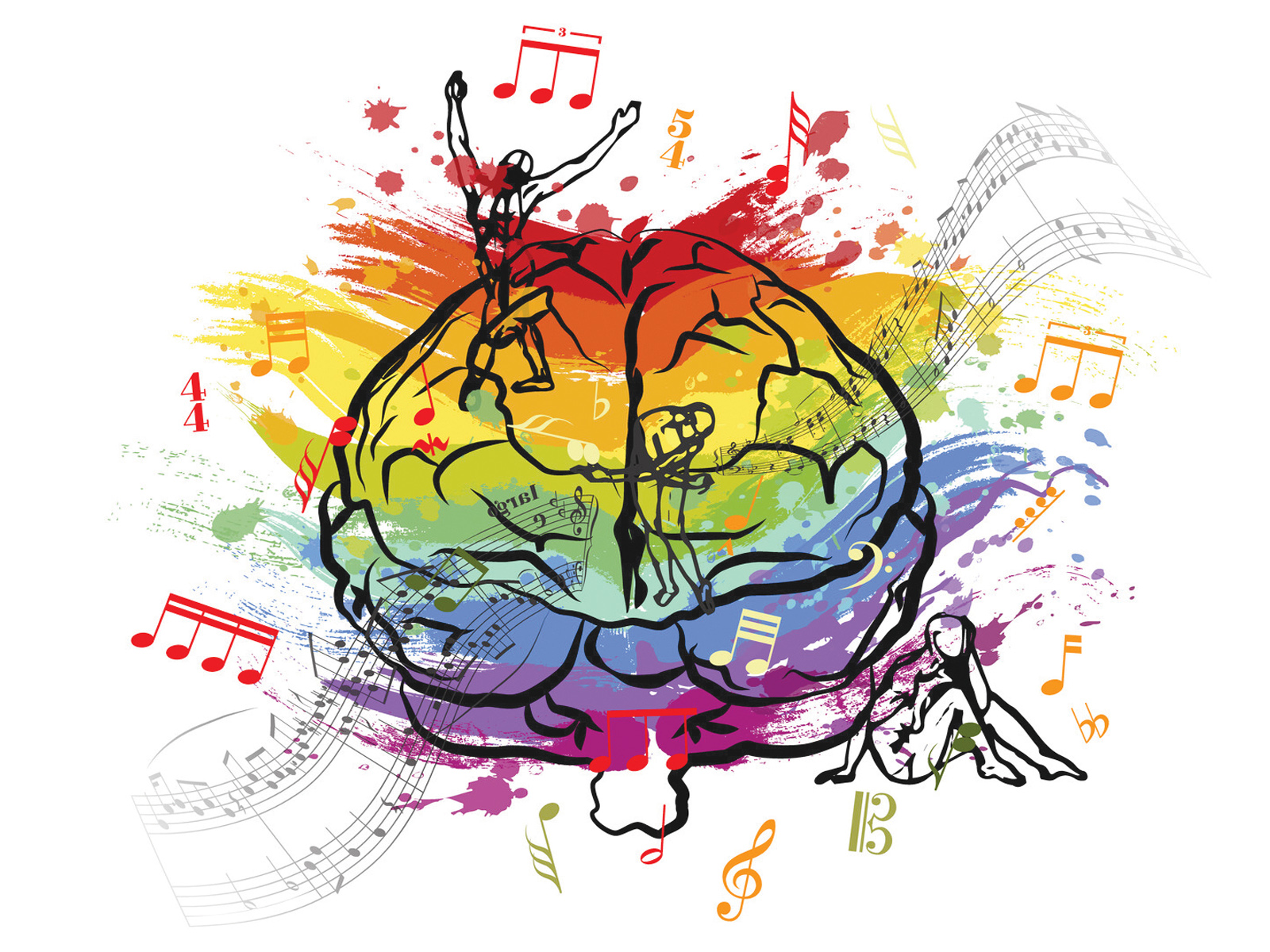The individual and communal benefits of music
Music is a powerful and uplifting force that offers physical and emotional benefits. This month, we’re celebrating the incredible music therapists and movement educators who enrich the lives of people living with Parkinson’s through music.
Communication impairment in voice and speech changes affects most people living with Parkinson’s eventually. The most common communication disorder is hypokinetic dysarthria, which causes rigidity and slowness of communication systems, including breathing, swallowing, voice, and speech. It can lead to reduced voice volume, hoarseness, imprecise articulation, and tremors.
Studies have shown that singing offers an engaging way to enhance voice and communication for people living with mild to moderately severe Parkinson’s. Intensive singing can increase vocal loudness, respiratory muscle strength, and voice-related quality of life.
Jenny Yoston is a neurological music therapist and founder of the Music Affect Centre. She uses music in her work with residents in a senior long-term care facility and in her private practice. She has found that music connects with people emotionally and socially, and she has seen its physical benefits.
“Singing is a great way to slow the progression of Parkinson’s. It’s particularly beneficial for speech and swallowing, and the sooner you start, the better.”
She notes the rise in research using music and its elements for people with neurological disorders.
“Scientists and neurologists are collaborating with those in the music psychology and music therapy fields. I’m excited about these collaborations and their future findings. There is so much more to music. We just need to learn to share how to use its power!”
When the pandemic began, she saw that many of her Parkinson’s patients were isolated and unable to come to appointments, so she developed a DVD people could use at home.
“ParkinSing is a music and fun scientific approach to vocal exercises and respiratory maintenance for people with Parkinson’s. With the DVD, they can still maintain where they were during their in-person sessions in a fun way.”
Choral singing
Paula Wolfson is an award-winning performer with a long career in professional theatre. She also works with vulnerable populations using music and is a certified artist-educator.
Paula became involved with a new choir through a study conducted by Dr. Frank Russo and Esztella Vezer of Toronto Metropolitan University’s Smart Lab to see if “emotional” singing would impact the Parkinson’s mask (the difficulty some people with Parkinson’s have in producing facial expressions).
The results are still being finalized but showed that overall, the effects of ongoing group singing are beneficial on many levels, as Paul indicates.
“Voices, both speaking and singing, grow stronger; breath is better controlled as the expressive muscles of the face are exercised; there is a deep sense of belonging and communal support; there is pride and a feeling of accomplishment as the brain is engaged with learning new songs and vocal techniques.”
Paula has continued to lead the Singing With Parkinson’s choir. She emphasizes that participants don’t need any prior group singing experience.
“Partners and caregivers are welcome to join. Our choir participants tell us that the social hour after the singing session is equally as important as the singing because it provides a safe community where they can speak openly.”
The benefits of dance and movement
We’ve outlined some research around the benefits of music and movement in another article in this month’s newsletter. Nancy Francis is passionate about the related and role of movement in creating meaning in our lives. Her extensive background in kinesiology and dance education made programs for people living with Parkinson’s a natural fit. She is also certified in the internationally acclaimed Dance for PD method.
Nancy is clear that her classes are not categorized as exercise but as dance. “In dance, we build balance, which is important for people with Parkinson’s. Also, we are creative with the movements; we have the joy that goes with the music, which is key. In addition, dance can accommodate everyone, whether they have a walker or are dancing with a care partner. In fact, it’s a wonderful activity that couples can still do together, which can be very profound and enjoyable for both.”
Nancy points out that dance is a form of personal expression that anyone can embrace.
“We utilize different, simple movements that can evoke an emotion or create an image, which may spark a memory. And we see that if it is a purposeful movement, the person can often have an increased movement efficacy. We know that serotonin and other beneficial hormones kick in with dance. It helps to build confidence, and an overall feeling of well-being that continues after the music stops playing. Dance gives us an opportunity for an emotional, physical and social connection.”
It’s clear that, beyond the proven physical benefits of singing and dance, music has the power to improve our emotional life and create community. Why not give one of them a try?
For more about choir singing, and Singing With Parkinson’s visit www.singingwithparkinsons.com
Parkinson Canada’s mission is to transform the lives of people living with Parkinson’s across Canada. Articles like this represent our commitment to building awareness and providing resources and support for people living with Parkinson’s and their care network.
Learn about dance programs and Parkinson’s
DVDs or the streaming version of Jenny Yoston’s vocal exercises can be purchased at musicaffectcentre.com.













